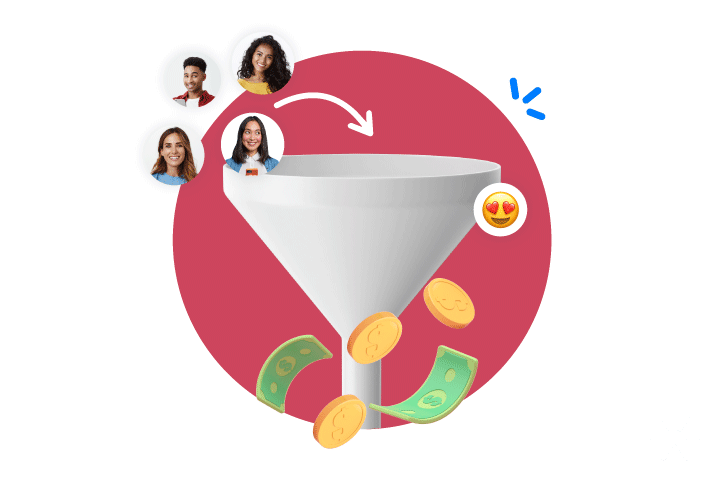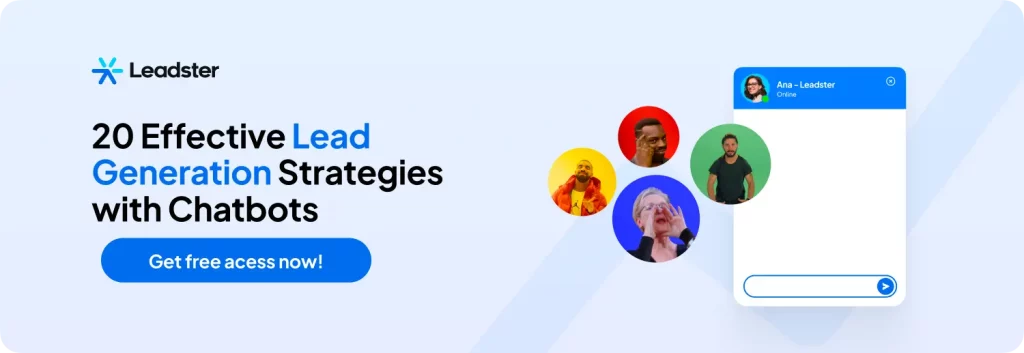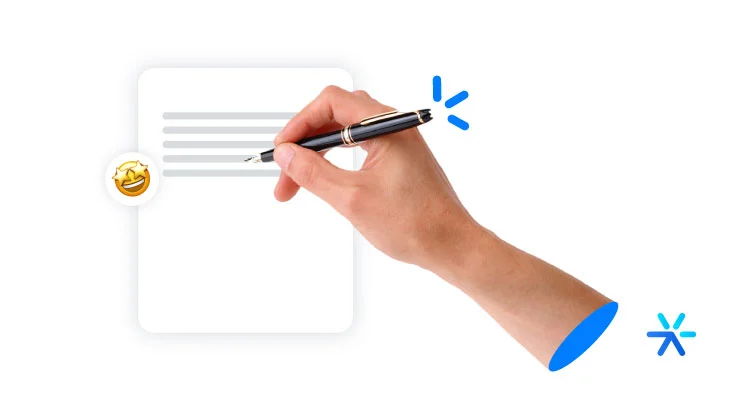Pirate Funnel: The 5 Metrics Used by High-Growth Companies
Strategy, metrics, growth, and results: These are words—and actions!—that excite companies.
But often, it can be difficult to know what truly makes a difference in the sea of options available.
Today, we’ll discuss some key metrics adopted by high-growth companies that explain the results they achieve.
We’re sure you’re already familiar with sales funnels, marketing funnels, or purchase funnels, and you probably apply these concepts in your daily work.
But have you ever heard of the AARRR funnel or the Pirate Funnel?
In today’s article, we’ll explain everything about this concept, the stages and metrics that make it up, and how to apply it to your growth strategy.
What Is the AARRR Funnel – or Pirate Funnel?

The AARRR Funnel, also known as the Pirate Funnel, is a highly relevant framework in the context of growth, widely used in the world of Growth Hacking.
The stages or metrics of this funnel align with the consumer journey, helping businesses create strategies tailored to each phase.
This consumer journey presents specific ways to attract attention and communicate with potential customers.
The stages of the consumer journey are:
- Learning and discovery
- Problem recognition
- Consideration of solutions
- Purchase decision
For each stage of the consumer journey, there is a corresponding stage in the marketing funnel, covering the entire path from the moment a customer realizes a need to the purchase of a product or service:
- Attracting visitors
- Converting leads
- Nurturing opportunities
- Closing sales
Similarly, the Pirate Funnel is structured around key metrics used to optimize the consumer journey.
The name Pirate Funnel comes from the English term Pirate Metrics, inspired by the acronym AARRR, which resembles the sound pirates make in movies and cartoons.
- A – Acquisition
- A – Activation
- R – Retention
- R – Referral
- R – Revenue
By looking more closely at each phase, you start to understand how this funnel works and identify bottlenecks and areas for improvement in your process.
How Did the Pirate Funnel Emerge?
The Pirate Funnel was developed as a methodology and tool by Dave McClure in 2007.
McClure, a former PayPal executive, investor, and current leader at 500 Startups, used the acronym AARRR (Acquisition, Activation, Retention, Referral, Revenue) as a memory trick during a talk explaining his 5-stage framework for business growth.

What Does the AARRR Funnel Have to Do with Growth Hacking?
What is the connection between the Pirate Funnel and Growth Hacking?
It’s huge.
Today, many people even call the AARRR Funnel the Growth Funnel.
That’s because Growth Hacking is all about growing and scaling a business by leveraging strategies, processes, and every department within the company.
The Pirate Funnel is a rapid growth methodology, focusing on optimizing each stage to maximize results.
For example, higher retention rates lead to greater revenue generation.
See how everything is interconnected?
What Are the 5 Stages – or Metrics – of the AARRR Funnel?

As we mentioned, this funnel consists of five stages, also referred to as metrics:
They are: acquisition, activation, retention, referral, and revenue.
Let’s dive into each one individually.
Acquisition
The Acquisition phase is the first step in the Pirate Funnel.
It refers to how users or customers first discover your brand and their initial contact with your business.
It is also related to your brand’s efforts in this phase to generate awareness, reach, and attract potential customers.
Some metrics related to the acquisition phase include the number of visitors, the number of leads generated, visitor-to-lead conversion rates, CAC, and the performance tracking of each marketing channel to evaluate which one is delivering the best results.
Activation
Here, the lead signals some level of interest in your company.
Activation, within the pirate funnel, tells us about the consumer’s first impression or experience with you.
Did they visit multiple pages on your website? Consume blog content? Download any material? Provide their contact information? Convert through a form or chatbot? Request a quote? Start a demo? Make a first purchase?
And when we talk about ensuring a good activation experience for this consumer with your brand, we’re not just referring to delivering a quality product.
Everything matters: from the visitor’s experience on your website to the conversion opportunities available and the time it takes you to follow up with a contact.
Metrics related to the activation stage include visitor-to-qualified-lead or customer conversion rates, engagement, response rate, SLA, relationship metrics, and email marketing performance.
Retention
After activation, does the consumer continue engaging with your brand and doing business with you?
Knowing how to keep customers interested in your solution is a key factor in ensuring the company’s stability and growth potential.
In the retention stage, you will see the results of the previous phases in practice.
Did your lead engage with your follow-up attempts? Schedule a meeting with a salesperson? Complete the free trial of your software? Make another purchase?
If they had a good experience during the acquisition and activation phases, they are likely to become a recurring contact in your database – and that’s exactly what every company wants.
After all, everyone knows that acquiring a new customer costs more than getting an existing customer to make another purchase or sign a new contract.
Metrics that indicate the health of the retention stage include Lifetime Value, contract duration, and repurchase rate…
Everything will depend on your brand’s business model.
Referral
The recommendation stage requires a customer who is satisfied enough to refer your brand or solution to others, thus generating new customers who already trust your company.
Referrals can be encouraged by brands through referral programs, promotions, discount coupons, gamification, and more.
Once again, it’s important to remember that satisfaction is not only tied to the quality of the product but to the entire experience the customer had with the company.
Revenue
The eyes of managers, directors, and company leaders are focused on this stage of the funnel.
The revenue stage is related to how the brand generates profitability from each user or customer.
One of the key metrics related to revenue is ROI, return on investment.
Within the pirate funnel framework, companies should track not only overall revenue results but also those of specific groups and profiles. This helps to understand which type of product or audience has the highest profitability potential, allowing efforts to be focused where they truly matter.
You may also be interested in: 3 vanity metrics that are taking your company nowhere.
Why Should You Use the Pirate Funnel?

If you haven’t yet been convinced to apply this growth strategy, here are a few more reasons why you should use the AARRR Funnel:
- It facilitates decision-making based on relevant data and metrics.
- It allows you to focus on each stage of the customer journey, even after the sale, purchase, or contract.
- It improves the management of the customer experience.
- It makes it easier to identify problems and solve them.
- Resources and efforts are directed toward areas that produce the best results.
How to Apply the AARRR Funnel to Your Strategy?
Let’s get practical: we’ve created a step-by-step guide to help you start using the Pirate Funnel and accelerate the growth of your company.
1. Map Out Each Stage
Understanding the processes tied to each stage is the first step in applying the funnel. Start by mapping out how these processes are currently working.
Do you know all the paths a visitor can take to become a customer?
This will allow you to integrate your business specifics into the strategy, as well as assess if and where improvements are needed.
2. Define Your Metrics
Having metrics and KPIs for each stage of the Pirate Funnel ensures effective management and progress through the stages.
In this article, we’ve shared some key metrics for each phase, but they’ll also depend on your business model.
Additionally, to begin the process, calculate the defined metrics and set a timeline to monitor and improve them.
3. Set Clear Goals
You won’t know if you’re making progress if you don’t know where you want to go.
Therefore, set the goals you want to achieve.
But don’t get carried away: trying to do too many things can end up leaving you with nothing done properly.
Your main goal should be clear and all other actions should be directed toward achieving it.
4. Identify Problems
By monitoring each stage, you’ll begin to see where the bottlenecks and opportunities lie.
These will be where your brand isn’t getting the best results and where it is.
By analyzing the data, you’ll be able to spot the problems and, most importantly, fix them.
At this stage, it’s essential to take a strategic view, monitor each stage individually, and focus on qualitative data, rather than just absolute numbers.
Framework for Building Your Company’s Pirate Funnel
Need more help implementing the Pirate Funnel, managing your customer experience, and investing in your brand’s growth?
Access the free framework that Leadster has prepared for you!
With it, you’ll have a tool to define and monitor the Pirate Funnel metrics.
Tip: Make a copy of the file in your Google Drive to edit the template!








